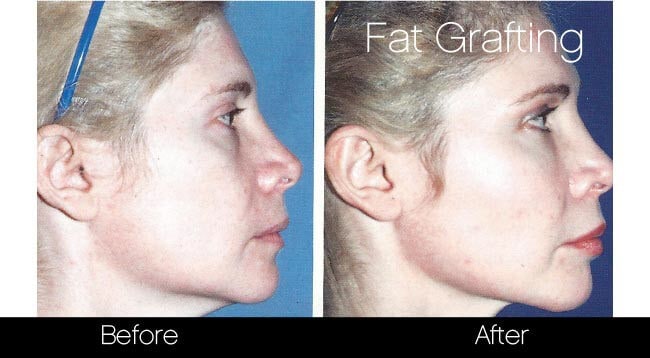
If you are bleeding after breast augmentation, there are some simple steps you can take to get your hematoma treated. First, visit your surgeon. To drain blood and reduce swelling, they may use a draining method. Then, they can administer a blood thinner to prevent further blood loss.
Hematoma
It is rare to see hematomas after breast augmentation. Although the cause of hematoma is not known, it can be attributed to a polyurethane-coated implant or friction forces between the prosthesis and surrounding tissue. Ibrahim et al. reported cases of late hematoma in women who had undergone bilateral submuscular silicone gel breast augmentation, while Willens et al. reported cases of late bleeding nine to 38 years after breast augmentation.
The condition can be bothersome, but it's not serious and usually goes away on its own. It is possible to manage the hematoma with restraint, healthy eating, and a ice pack. A second operation may be required to drain the hematoma in severe cases.

Seroma
Seroma bleeding may occur following breast augmentation. These symptoms include pain, swelling and discharge. These symptoms often appear between seven and 10 days after surgery. Seromas that are left untreated can dissolve in a matter of months. However, more severe cases may take longer. Seroma removal may be required in severe cases. You can treat your symptoms at the home.
Disruption of blood supply is what causes seroma formation. This disruption in the blood supply results in tissue loss, which is known as "necrosis". Different surgical techniques may result in seroma bleeding at different rates.
Post-operative bleeding
Minor bleeding after breast-augmentation is normal. It is possible to experience excessive bleeding after breast augmentation, but it is very rare. You should cover the area with tissue if blood is visible on your clothing after surgery. You may see blood dripping from the incision. This is normal, but it could indicate more serious bleeding. If excessive blood is seen, contact your doctor immediately.
The cause of post-operative bleeding can be several different factors. The wound can become irritated if blood vessels are clogged by bumping and stretching. Compression garments can be used to prevent bleeding after surgery. They are designed to restrict movement and put pressure on the wound. Your surgeon may need the stitches to stop excessive bleeding. If you have a tendency of bruising, your risk of bleeding increases. For two weeks, avoid taking aspirin or blood-thinning medicines before and after the surgery.

Treatment
After breast augmentation, infections can be serious. If the infection is too severe, the surgeon will remove the implant and wait three to six months before inserting a new one. The cost of the surgery includes costs for treating the infection. Patients should understand that some asymmetry can be expected following the procedure. However symmetry cannot be achieved.
It is quite common to have bleeding from the breasts. This can be treated with a reduction in blood pressure. Most cases resolve naturally. However, in rare cases, bleeding from the breasts may persist and require another surgery to drain any hematoma.